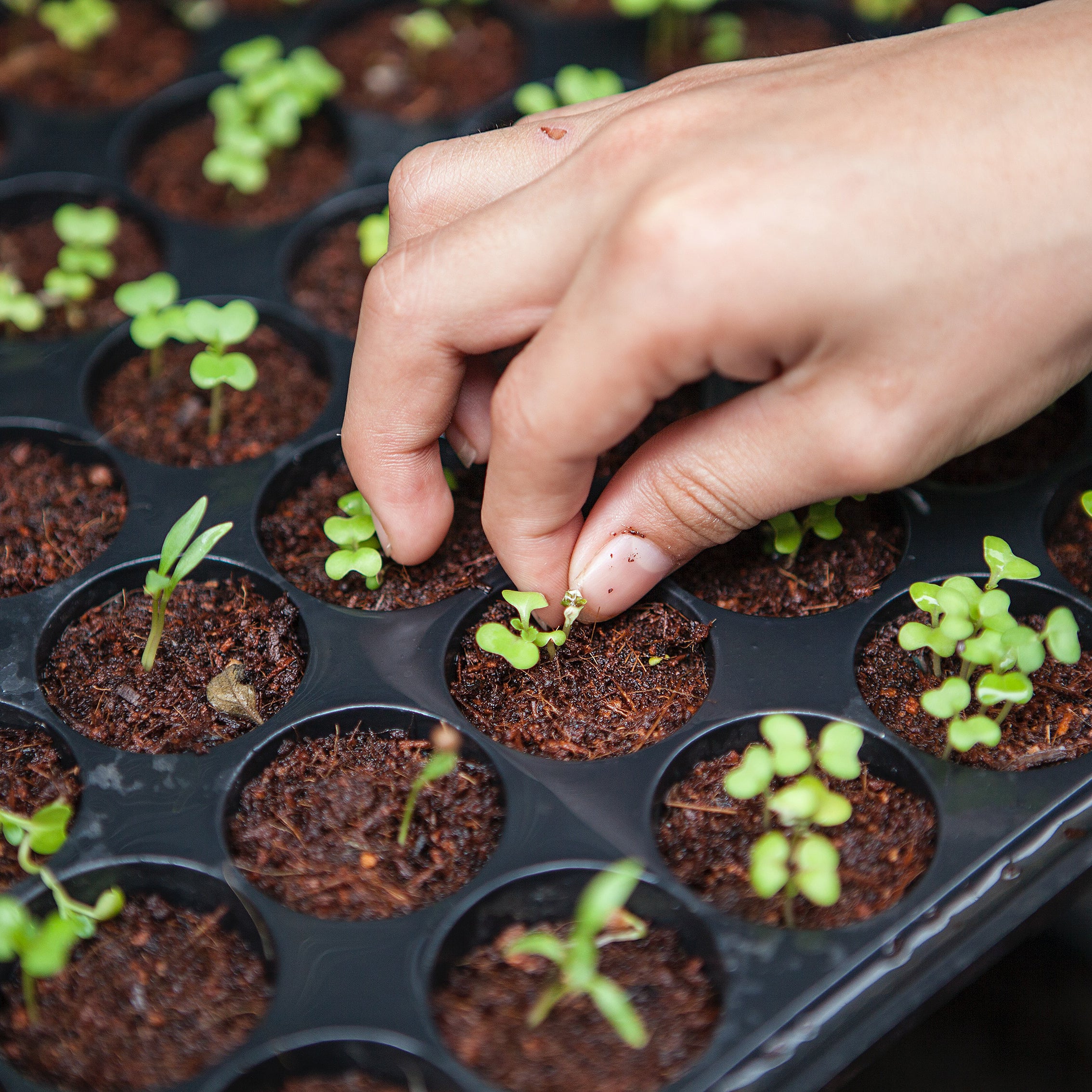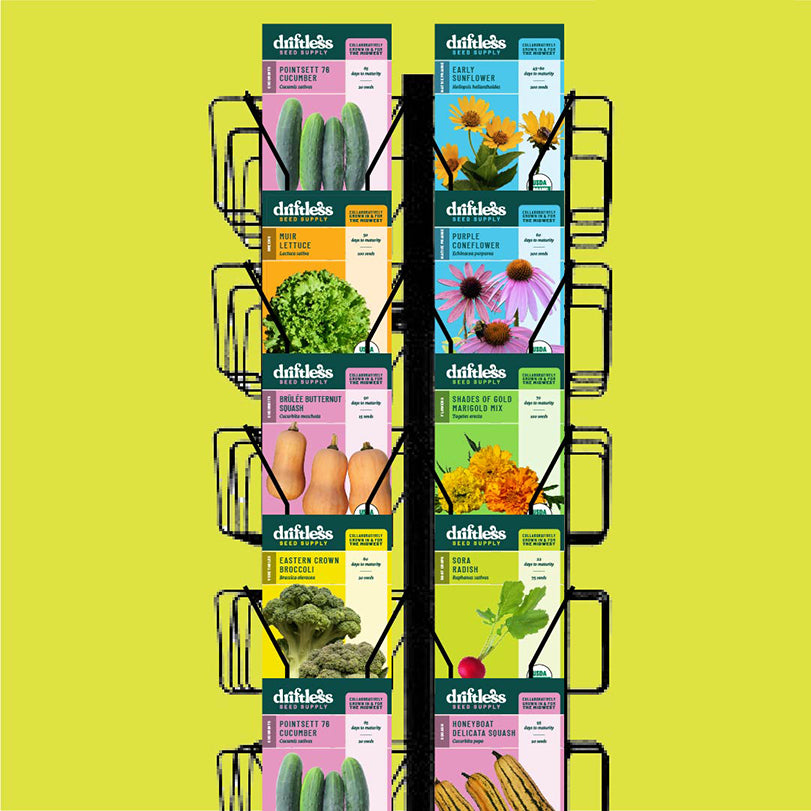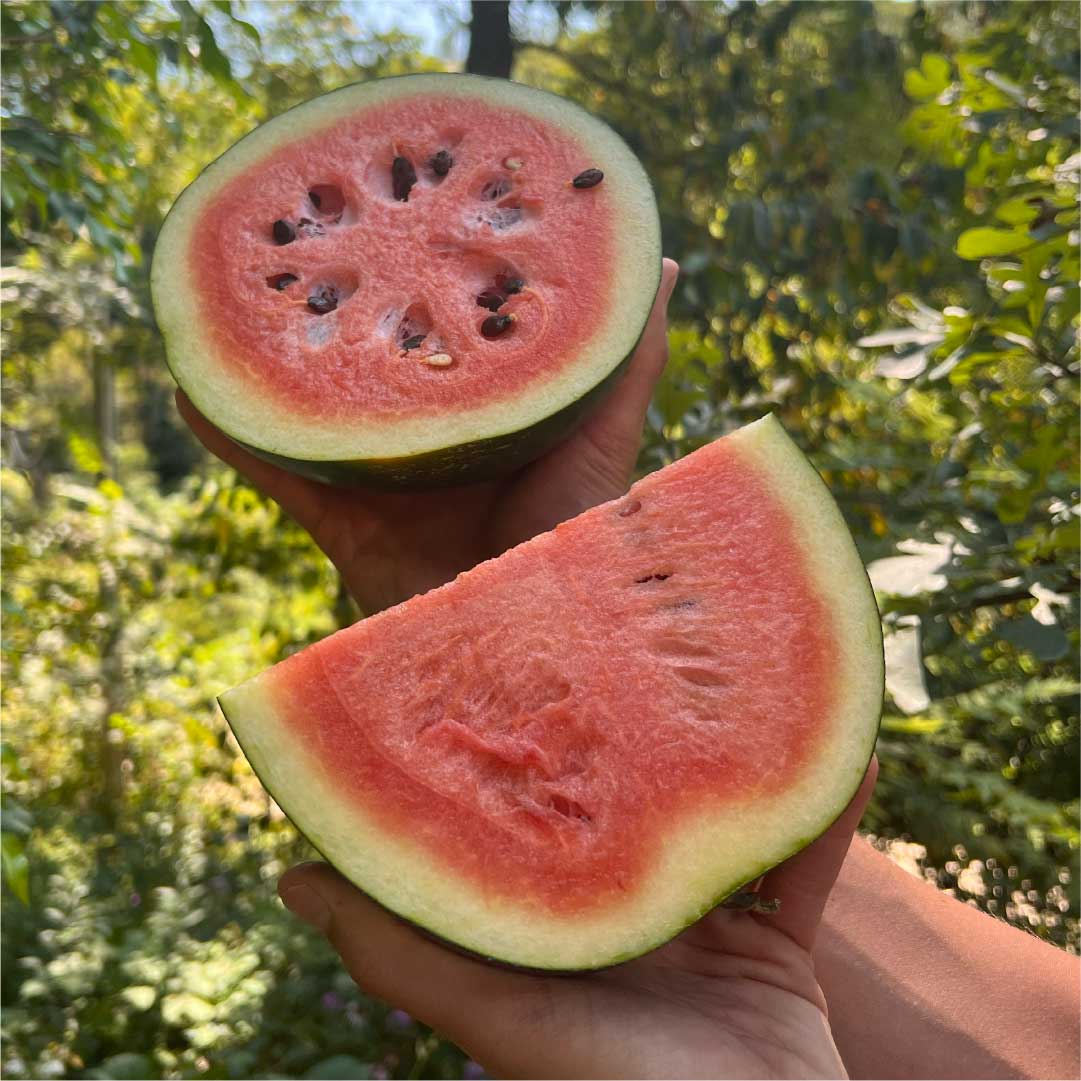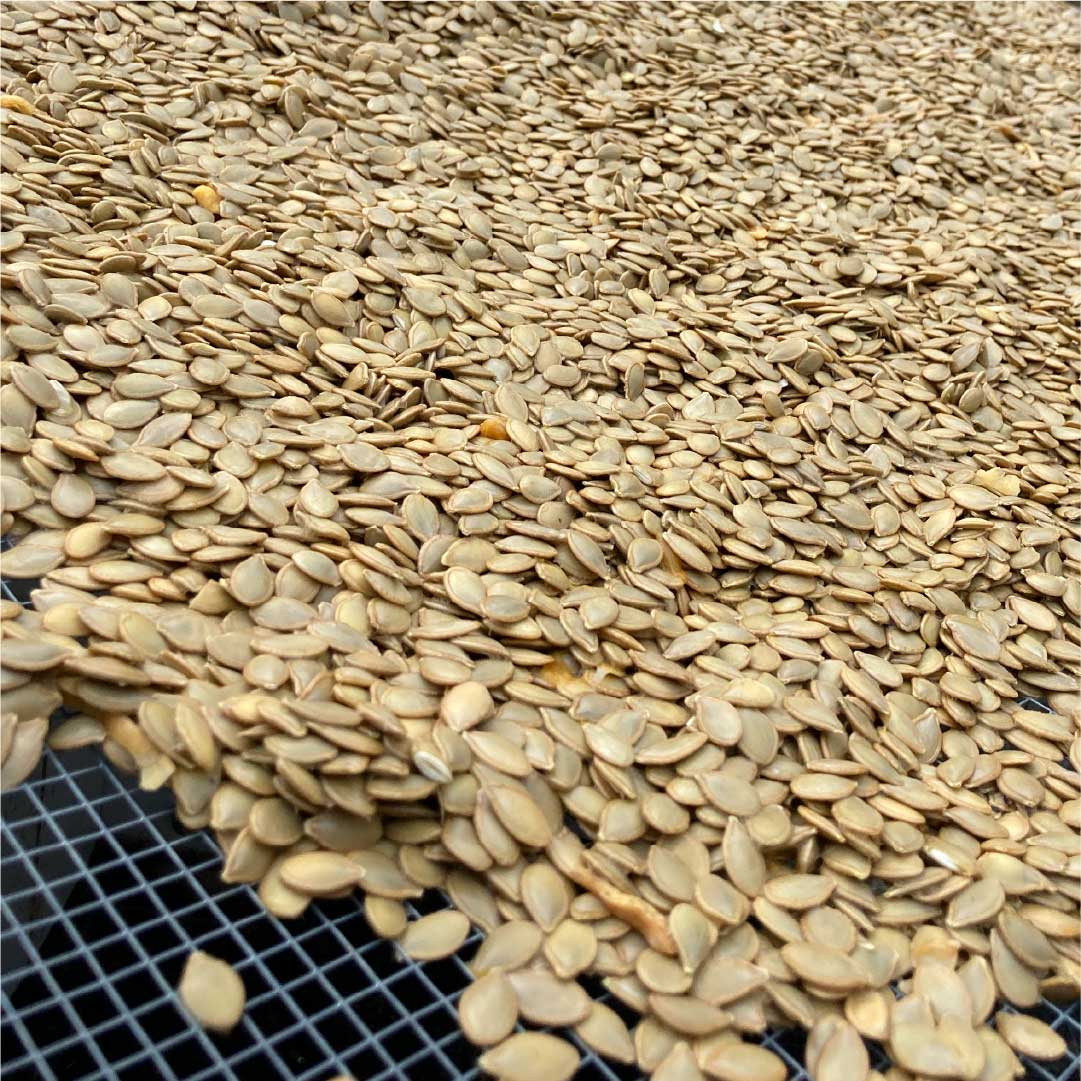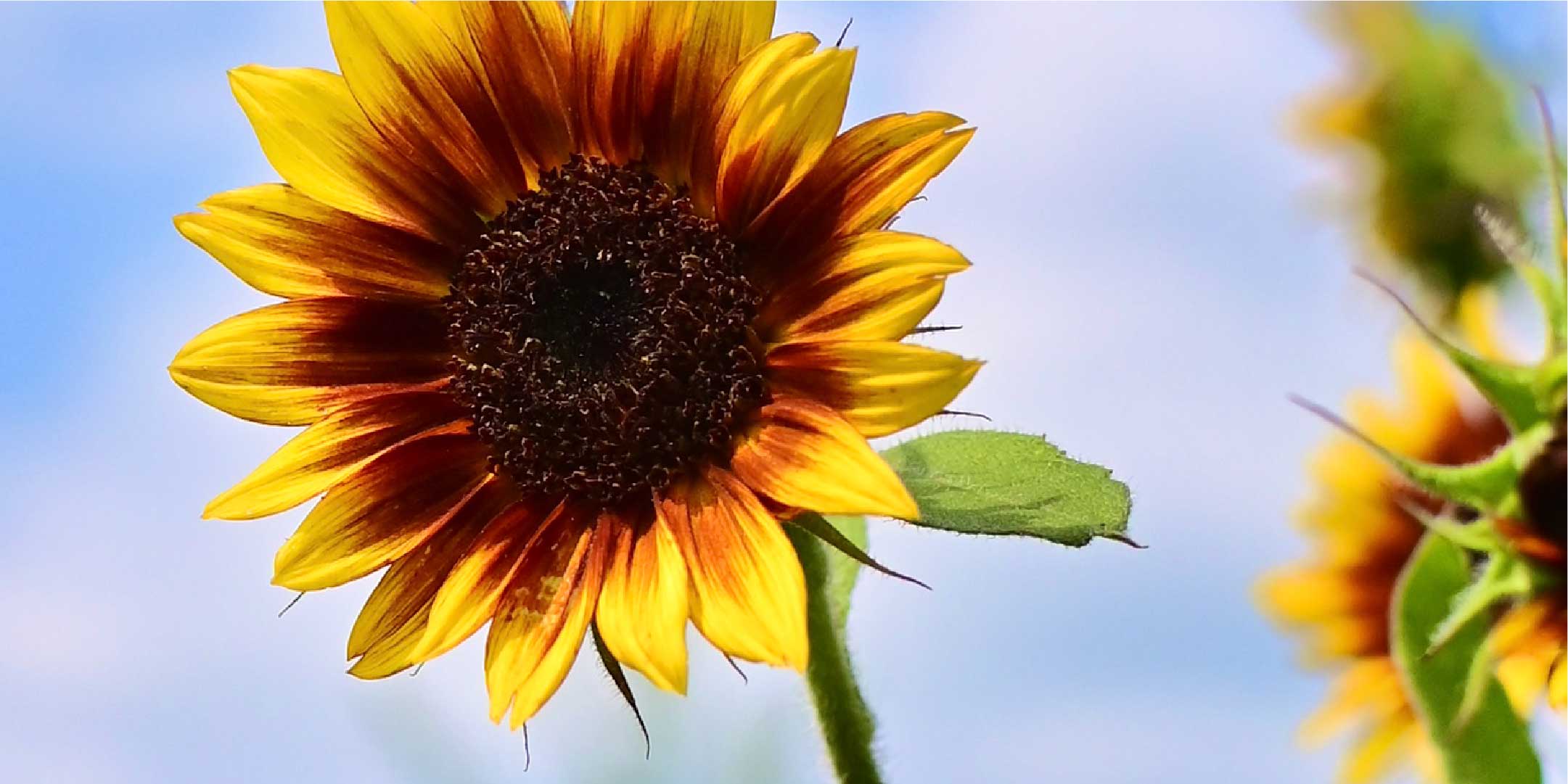
Flower Blooming Troubleshooting
Why are my flowers not blooming?
Flowers may not bloom for a variety of reasons, often related to their growing conditions or care. Here are some potential factors and tips on how to address them:
1. Inadequate Light:
- Possible Issue: Many flowering plants require ample sunlight to bloom.
- Solution: Ensure your flowers are placed in a location where they receive the recommended amount of sunlight.
2. Improper Pruning:
- Possible Issue: Incorrect pruning can sometimes remove buds or disrupt blooming.
- Solution: Learn about the specific pruning needs of your plants and follow recommended practices. Removing or ‘pinching’ the first set of blooms can actually help many species flower more, including zinnias, marigolds, and more. However, some plants like single-headed sunflowers should not be pruned.
3. Nutrient Imbalance:
- Possible Issue: Lack of appropriate nutrients, especially phosphorus, can hinder blooming.
- Solution: Apply a balanced fertilizer, or one specifically formulated to enhance blooming (often higher in phosphorus).
4. Incorrect Planting Time:
- Possible Issue: Planting at the wrong time may result in missed or delayed blooming.
- Solution: Ensure that plants or seeds are sown during the correct planting window.
5. Overwatering or Underwatering:
- Possible Issue: Both too much and too little water can stress plants and inhibit blooming.
- Solution: Adjust watering to meet the specific needs of your plants, ensuring a balance.
6. Age of the Plant:
- Possible Issue: Some plants need to reach a certain maturity before they will bloom.
- Solution: Provide care and patience as some plants may take several seasons to start flowering.
7. Pest or Disease Pressure:
- Possible Issue: Pests or diseases can stress plants and impact flowering.
- Solution: Address any pest or disease issues promptly with appropriate interventions.
8. Improper Soil pH:
- Possible Issue: Unsuitable soil pH can limit nutrient uptake and affect blooming.
- Solution: Test soil pH and amend as needed to meet the specific requirements of your plants.
9. Stress or Shock:
- Possible Issue: Transplant shock or other stressors may pause the flowering process.
- Solution: Ensure gentle handling during transplantation and provide stable conditions for growing and establishment.
10. Excessive Fertilization:
- Possible Issue: Too much nitrogen can promote leafy growth at the expense of blooms.
- Solution: Ensure fertilization is balanced and not excessive, considering the specific needs of the plants.
11. Incorrect Variety:
- Possible Issue: Some varieties of plants may have different blooming periods or characteristics.
- Solution: Verify that the variety you are growing aligns with your blooming expectations.
Final Notes:
Identifying the exact cause might require some investigation and experimentation. Adjust one variable at a time and observe any changes to understand what might be affecting the blooming. Consulting with a local horticulturist, extension agent, or experienced gardener may also provide valuable insights and recommendations specific to your plants and growing conditions.

